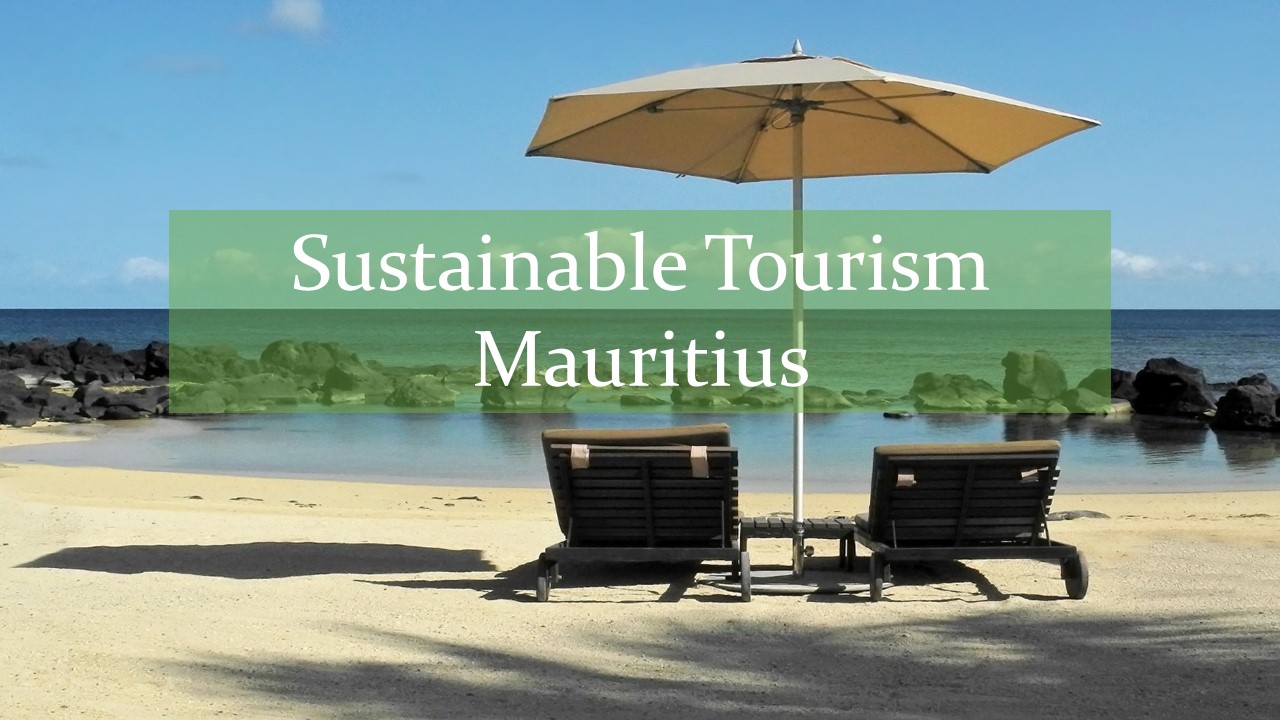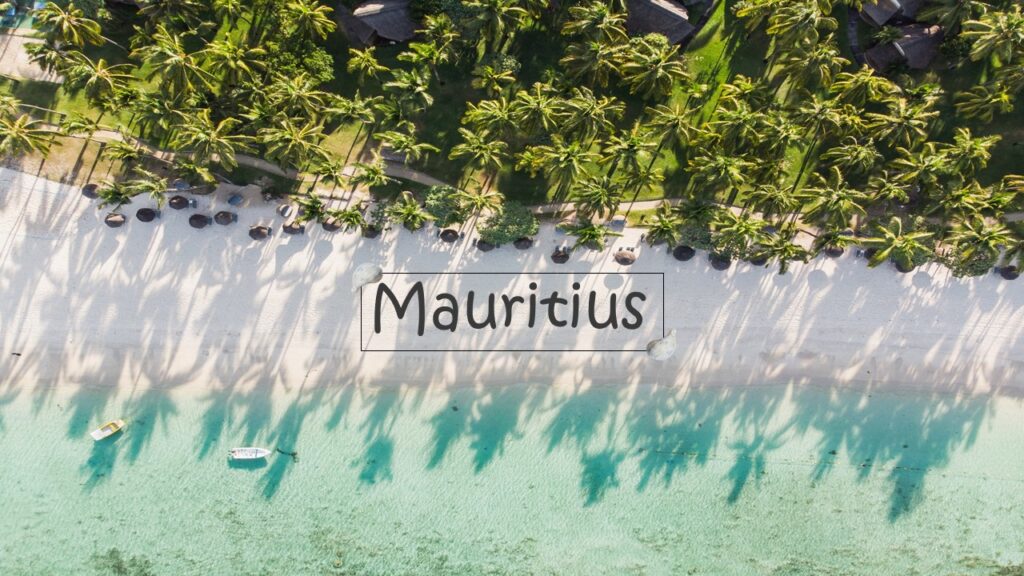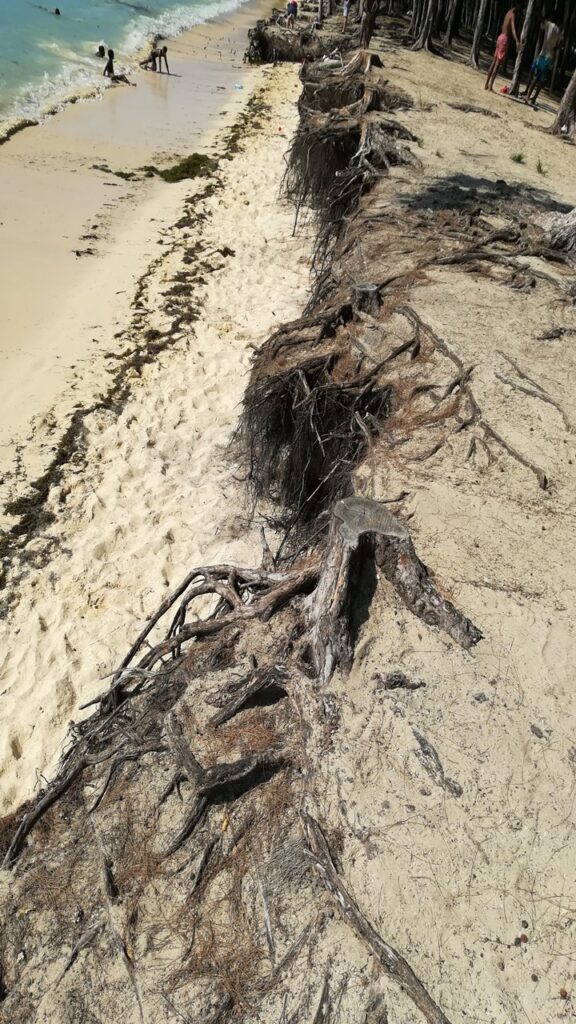Sustainable tourism in Mauritius: Measures in place

Mauritius is a small island located in the subtropics. It has a mild, tropical, maritime climate and attracts tourists from various parts of the world throughout the year. In fact, the tourism sector is a fundamental economic pillar of the island, with gross earnings amounting to Rs 67.5 billion for the year 2019.
Generally, tourists from Europe, India and China come to the island because of its clear, warm water, white sandy beaches and sunny weather. Hotels are also well-designed and run with reliable and operational infrastructure and services.

With the global trend to engage in sustainable tourism, Mauritius also reviewed its strategy. Besides diversifying eco-activities, many stakeholders have implemented sustainable practices.
Tourism in Mauritius
Historians assert that the first tourists, who were French, visited the island during the 1800s. At that time, there was no tourist facility as such. Mauritius was a lost island in the middle of the ocean and very few people knew of its existence.
Eventually, with the progress made in aviation, Mauritius became a transit point between Australia and South Africa. The first hotel was built and the concept of beach tourism developed. At that time, it was mainly the private entrepreneurs in the sugar industry who invested in tourism.
Following the global tourism trend, the tourism sector of Mauritius also boomed from the 1950s onwards. In 1954, around 1800 tourists visited the island and by 1970, it reached 27,650.
After the independence of Mauritius in 1968, the government actively developed it. Tourism became and is still the third pillar of the economy along with textile and financial services. In 2018, there were 1.4 million tourist arrivals!
Sustainable tourism in Mauritius
With today’s focus being on sustainable tourism, Mauritius proudly boasts of achieving the Global Sustainable Tourism Council Recognized Standard Status. The Mauritian Standard on Sustainable Tourism (MS 165:2019) guides the sustainable development of the tourism industry in Mauritius. It addresses socio-cultural effects on the local community, economic development and environmental impacts.
As one of the top beach destinations in the world, this status brands Mauritius as a destination with a high sustainability performance. With this international recognition, stakeholders can play an active role in ensuring the sustainability of the industry.
Sustainable measures in place
So, to date, many tourism stakeholders have put a number of sustainable measures in place. Tour operators rent light and modern cars that are fuel-efficient and also promote the use of public transport. The government has even invested in eco-friendly outboard engines for crafts at sea [2] in order to reduce carbon emissions from vehicles.
Furthermore, according to the UNEP, the accommodation sector of the tourism industry contributes to 21% of total carbon emissions. Thus, it is one area within the industry that can substantially promote sustainable actions. In Mauritius, the following measures are in place:
- Using renewable energy sources like solar panels,
- Recycling including composting of waste materials,
- Rainwater and stormwater harvesting to irrigate lawns and golf courses,
- Designing building codes for better air circulation and light penetration,
- Using sensors to decrease water and light wastage,
- Growing local vegetables and fruits and
- Buying local products such as seafood.
- Some hotels such as the Lux Resorts and Constance Belle Mare even have the Green Globe certification for their sustainability strategies and devotion in supporting eco-friendly gestures.
Managing sustainable tourism
Likewise, in order to promote Mauritius as a sustainable destination, the government took important steps to achieve that goal. Travel and tourism now form part of the educational curriculum as the quality of the sector depends on the education of the employed personnel. They are at the forefront and tail of the management chain and consequently the best advocates of sustainable management.
In addition to that, research in tourism is highly encouraged in Mauritius. It is basically a dynamic sector and we need updates to adjust to physical and behavioural patterns.
Similarly, hotel and associated personnel are also regularly trained in sustainable practices. At the same time, they are motivated to find new ways to market the island as a green destination.
Operators also regularly develop eco-activities and showcase these at the regional or international level. For instance, eco-friendly events such as the International Dodo Trail Running competition and the XTERRA World Tour Triathlon attract enthusiastic tourists every year.
Also, the Climate Change Division of the Ministry of Environment actively works on protecting the coast of Mauritius against the effects of climate change. As Mauritius typically depends on its beautiful beaches and lagoons, issues like sea-level rise and storm surge undoubtedly affect tourism.

Tourists’ attitude towards sustainability
Needless to say that tourists lead the way in sustainable tourism. Their choice of destination, practices and consumption influence businesses. They exert a natural pressure on tourism service providers to become more sustainable.
Today, tourists are now becoming eco-conscious, independent and organize their own journeys. They create their own experiences according to what they think would make their journey memorable. In this way, they can make better eco-friendly choices. At the same time, tour operators and hotel managers attract more clients by branding green practices. This then influences the behaviour of tourists to become more environmentally alert.
References
- Bhujun, V. and Bahadoor, D. (2016). Benchmarking water and electricity consumption in hotels in Mauritius. Prodesign. [Online] Available at https://prodesign.mu/documents/benchmarking-water-electricity-consumption-hotels-mauritius-2/ [Accessed 10/10/2019]
- Aslan, S. (2015). Prison tourism as a form of dark tourism. Journal of International Social Research, 8(40).

Pingback: Negative impacts of tourism on the environment - Yo Nature
Pingback: COVID-19 in Mauritius – A success Story? - Yo Nature
Pingback: Monkey Trade in Mauritius: Controversies and Benefits - Yo Nature
Pingback: How Mauritius, a Small Island Developing State, is adapting to sea level rise - Yo Nature
Pingback: 5 reasons why ecotourism is better than traditional tourism - Yo Nature
Pingback: Underwater waterfall of Mauritius - Yo Nature
Pingback: Positive impacts of tourism on the environment - Yo Nature
Pingback: The negative impacts of humans on the environment - Yo Nature